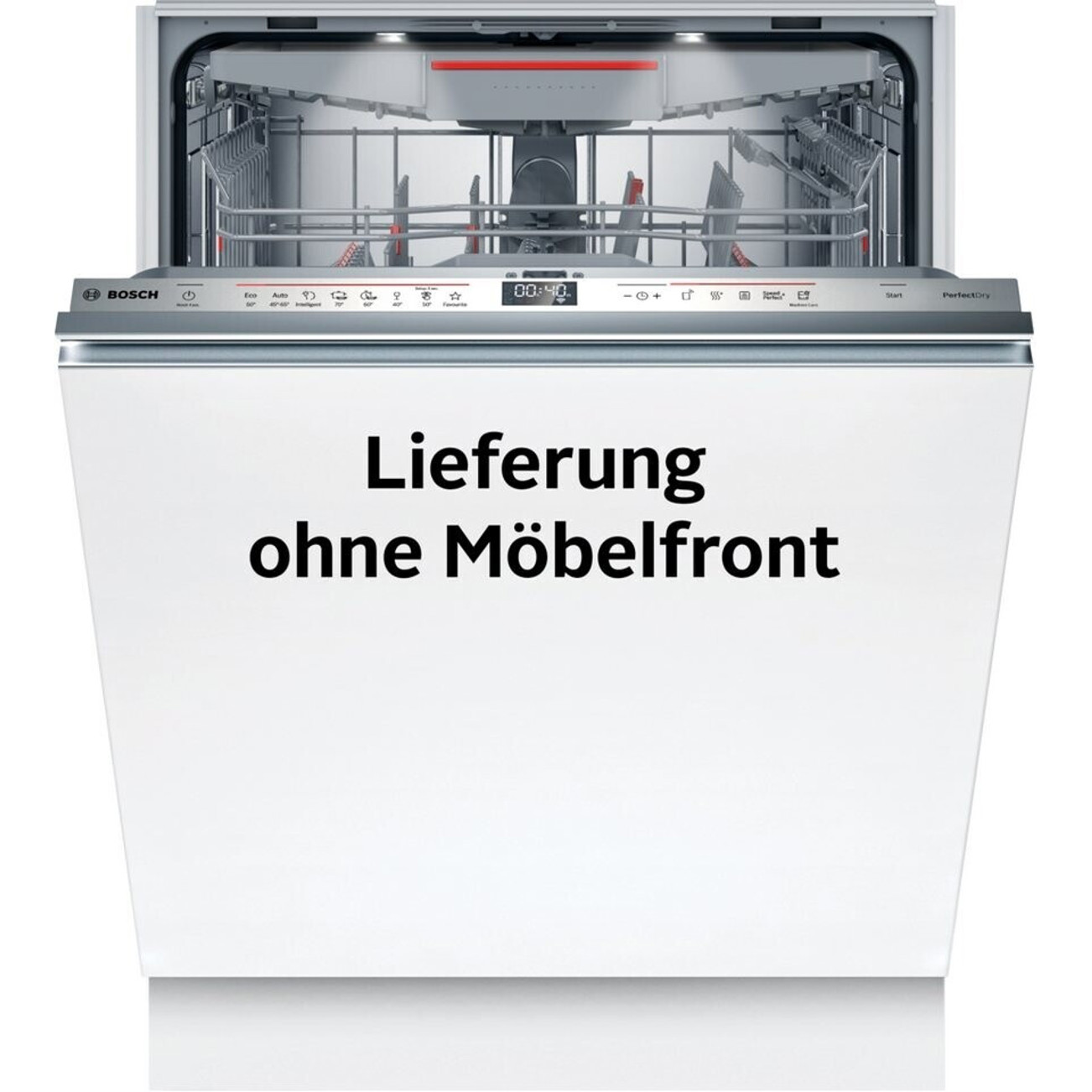15 Things You're Not Sure Of About Built-in Oven Test

The Ultimate Built-in Oven Test: A Comprehensive Guide
In today's modern-day kitchen areas, built-in ovens have ended up being an important device, using more than just a method of cooking food. Their smooth designs, ingenious features, and effective cooking methods can significantly improve the culinary experience. Nevertheless, with Vixaro Versand of options on the marketplace, selecting the best built-in oven can be overwhelming. This article aims to dive deep into the complexities of built-in ovens, providing a structured method to testing their capabilities and performance.
1. Comprehending Built-in Ovens
Before diving into the testing procedure, it's necessary to comprehend what separates built-in ovens from standard freestanding models. Built-in ovens are created to be integrated into kitchen cabinetry, supplying a seamless appearance and taking full advantage of kitchen space. They are available in various types, including:
- Single Ovens: Ideal for smaller families or those who cook rarely.
- Double Ovens: Offering the flexibility of cooking multiple meals at various temperature levels, ideal for larger families or those who captivate often.
- Combination Ovens: Merging convection and microwave innovations for fast and effective cooking.
Table 1: Types of Built-In Ovens
| Oven Type | Description | Suitable For |
|---|---|---|
| Single Oven | A single cooking cavity for standard cooking | Little homes |
| Double Oven | Two different cavities for synchronised cooking | Large families |
| Combination Oven | Combines convection and microwave cooking | Quick meal preparation |
2. Requirements for Testing Built-in Ovens
Checking a built-in oven involves several key criteria that can determine its total performance and user fulfillment. Here's a breakdown of what to test:
2.1 Cooking Performance
- Preheat Time: Measure how quickly the oven reaches the wanted temperature.
- Temperature Accuracy: Check the oven's actual temperature level against the set temperature level utilizing an oven thermometer.
2.2 Cooking Consistency
- Even Cooking: Cook a batch of cookies to see if they bake uniformly.
- Roasting: Test a chicken to guarantee it cooks fully without sweltering.
2.3 Features and Controls
- User Interface: Evaluate the ease of use for dials, buttons, or touch controls.
- Cooking Modes: Assess the range and efficiency of readily available cooking modes, consisting of baking, broiling, and grilling.
2.4 Design and Build Quality
- Materials: Investigate the building and construction materials for durability and upkeep.
- Looks: Consider how well the oven incorporates into the cooking area design.
2.5 Energy Efficiency
- Energy Consumption: Review energy ratings and effectiveness throughout usage.
- Self-Cleaning Features: Examine if the self-cleaning alternative is effective and easy to utilize.
Table 2: Testing Criteria for Built-In Ovens
| Requirement | What to Test | Importance |
|---|---|---|
| Cooking Performance | Preheat time, temperature level accuracy | High |
| Cooking Consistency | Even cooking, roasting quality | High |
| Functions and Controls | User interface, cooking modes | Medium |
| Design and Build Quality | Materials, aesthetic appeals | Low to Medium |
| Energy Efficiency | Energy consumption, self-cleaning features | High |
3. Evaluating Process
The screening process is organized and can be broken down into a series of phases. Here's how to perform a comprehensive test for built-in ovens:
Phase 1: Initial Set-Up
- Setup: Ensure the oven is installed according to the manufacturer's specs.
- Calibration: Calibrate the oven if required, following the user manual.
Phase 2: Preheat Testing
- Test1: Set the oven to 350 ° F and time for how long it takes to reach that temperature. Repeat for 400 ° F and 450 ° F. Phase 3: Cooking Tests
- Cookie Baking: Bake numerous trays of cookies, changing their positions midway through to test for evenness.
- Roasting Chicken: Roast an entire chicken, keeping in mind the cooking time and internal temperature level at various points.
Phase 4: Feature Evaluation
- Control Panel: Use various functions to check out ease of navigation and responsiveness.
- Multifunctionality: Test extra modes like convection and grilling.
Stage 5: Efficiency Assessment
- Energy Consumption: Use a watt meter to determine energy usage during various cooking tasks.
Phase 6: Cleaning and Maintenance
- Self-Cleaning Cycle: Run the self-cleaning cycle and assess cleanliness after completion.
4. Typical FAQs About Built-In Ovens
Q1: How do I select the best built-in oven for my cooking area?
Picking the best built-in oven depends on your cooking practices, kitchen area, and style preferences. Think about factors such as size, cooking capability, and readily available features.
Q2: Are built-in ovens more costly than standard ovens?
Usually, built-in ovens tend to be more pricey due to their style and setup requirements. However, they can likewise boost your kitchen's visual and functionality.
Q3: What's the typical life expectancy of a built-in oven?
The typical lifespan of a built-in oven is around 10 to 15 years, depending upon use and upkeep.
Q4: Do built-in ovens need more upkeep?
Built-in ovens usually need comparable upkeep to conventional ovens, though the integrated design might make availability for cleaning somewhat more tough.
Testing a built-in oven is essential before purchasing, as it allows potential purchasers to determine the device's abilities and guarantee it fulfills their requirements. By considering essential elements such as cooking performance, features, design, and energy performance, one can make an educated choice.
With the right testing procedures in location, picking the perfect built-in oven can change not only your cooking experience however likewise raise your entire cooking area's style and performance.

